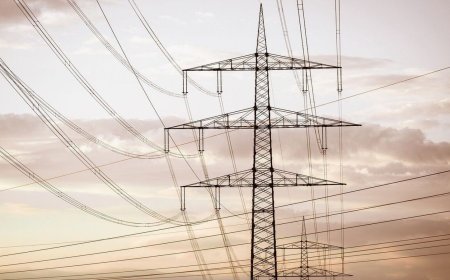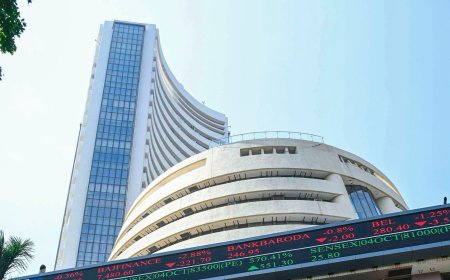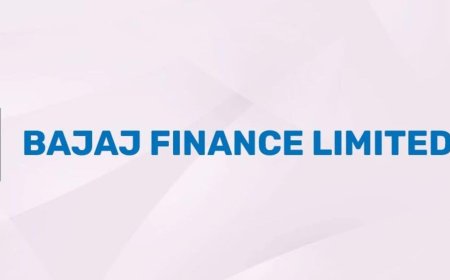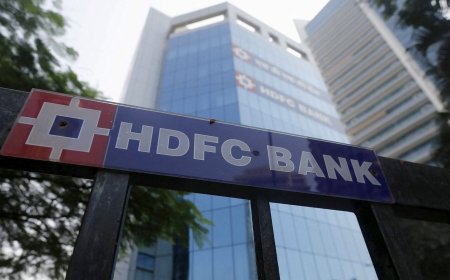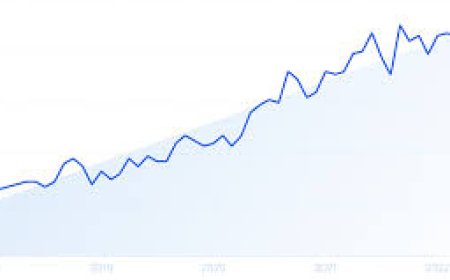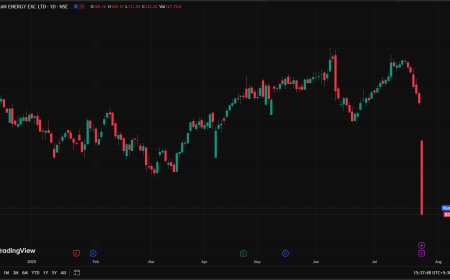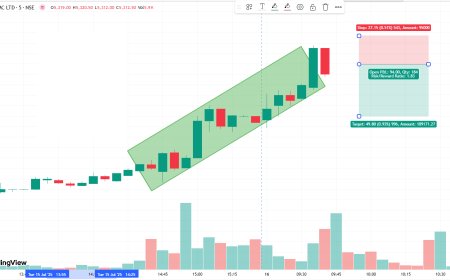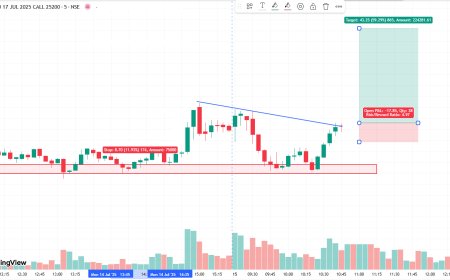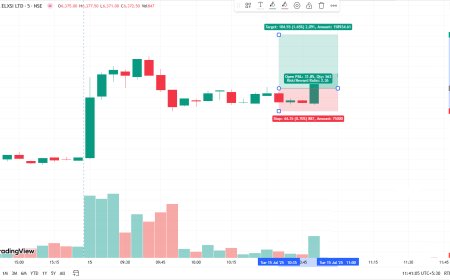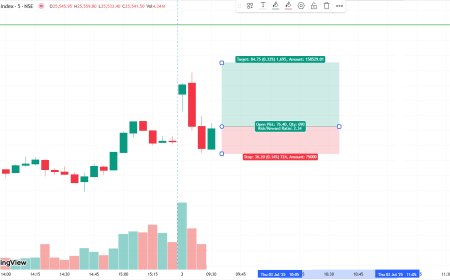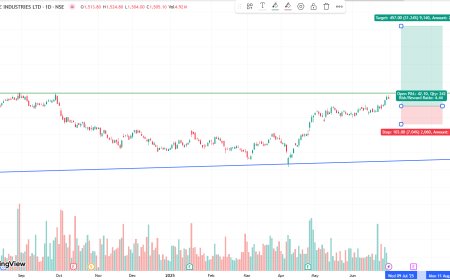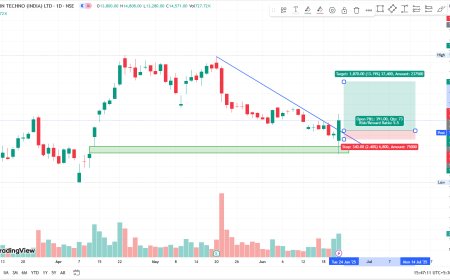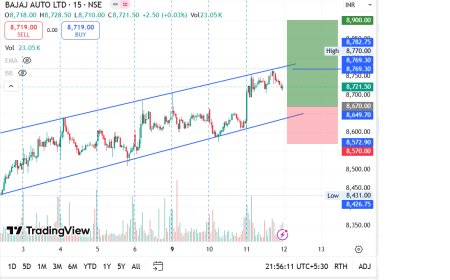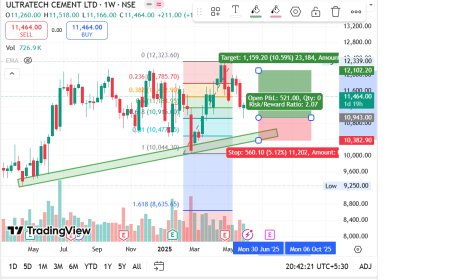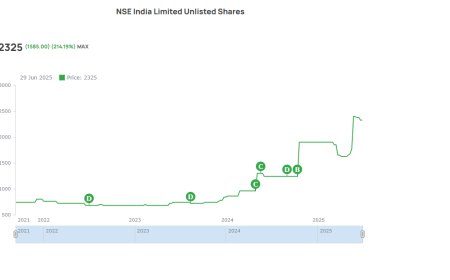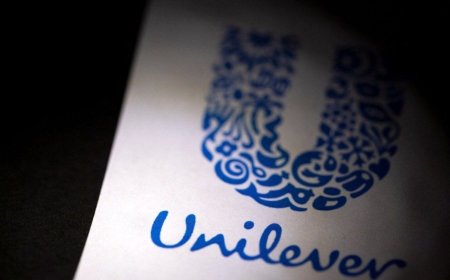These Five Private Banks in India Have the Lowest NPAs. Should You Invest?
Explore the five private sector banks in India with the lowest NPAs. Analyze if they are worth investing in, based on financial stability, market trends, and expert insights.

As India's banking sector navigates a post-pandemic economic rebound, one critical metric investors are watching closely is Non-Performing Assets (NPAs). Lower NPAs reflect better asset quality, prudent lending, and risk management—traits that investors value highly. Among private sector banks, a handful have stood out for maintaining exceptional loan book quality.
This article dives into five private banks in India with the lowest NPAs as of FY24–25, offering a deep dive into whether these banks represent smart investment opportunities.
Understanding NPAs: Why They Matter
Non-Performing Assets refer to loans or advances that are in default or arrears. A lower NPA ratio typically signals strong underwriting standards and effective recovery mechanisms.
“Banks with low NPAs not only ensure better financial health but also tend to be more resilient during economic downturns,” says Ravi Mehra, Banking Analyst at Motilal Oswal.
The Reserve Bank of India (RBI) has also stressed in its recent Financial Stability Report that consistent NPA reduction strengthens long-term investor confidence.
Top 5 Private Sector Banks with the Lowest NPAs (FY24–25)
1. HDFC Bank
-
Gross NPA: 1.12%
-
Net NPA: 0.27%
A poster child for stability, HDFC Bank continues to maintain one of the lowest NPA ratios among Indian banks. The bank's strict risk management and digital-first credit assessment model have helped reduce slippages.
“HDFC’s robust retail loan underwriting and conservative lending strategy have kept its asset quality intact,” notes Anjali Shah, Senior Economist at Edelweiss.
2. ICICI Bank
-
Gross NPA: 2.16%
-
Net NPA: 0.42%
ICICI Bank’s transformation over the last five years has been remarkable. Once struggling with high corporate NPAs, the bank has sharply improved its books through resolution mechanisms and a focus on granular retail lending.
Its improved NPA performance, backed by strong provisioning and digitization efforts, positions it as a top contender for long-term investors.
3. Axis Bank
-
Gross NPA: 1.95%
-
Net NPA: 0.35%
Axis Bank has seen a consistent decline in NPAs, owing to a better mix of retail loans and recoveries from legacy accounts. The bank’s recent acquisition of Citibank’s retail business is expected to boost its already resilient loan portfolio.
Analysts expect Axis to outperform peers in profitability metrics due to its clean book and efficient capital usage.
4. Kotak Mahindra Bank
-
Gross NPA: 1.78%
-
Net NPA: 0.35%
Despite a relatively smaller market share, Kotak Mahindra Bank continues to impress with prudent lending practices. It has avoided risky large exposures and maintains a strong capital adequacy ratio, reflecting its conservative but effective banking model.
The bank’s cautious approach has been praised, especially in volatile economic climates.
5. IndusInd Bank
-
Gross NPA: 1.89%
-
Net NPA: 0.60%
IndusInd Bank has shown strong recovery post-COVID. While previously burdened by exposure to microfinance and commercial vehicle loans, it has successfully cleaned up its books and now features among the lowest NPA banks in the private sector.
With digital penetration and growing retail assets, the bank's NPA trajectory remains downward.
Market Context: How Do These Banks Fare in 2025?
India's GDP growth in FY25 is projected at 6.8%, according to the RBI, with credit growth expected to remain above 14%. In such a growth-oriented environment, private banks with low NPAs are in a prime position to benefit.
Additionally, with inflation stabilizing and repo rates holding, credit demand is picking up across sectors, which will likely benefit banks with clean balance sheets.
“A low NPA bank in a credit growth cycle is like a well-oiled engine in a fast-moving car. It accelerates quickly and safely,” says Arvind Sinha, Head of Research at JM Financial.
Should You Invest in These Low-NPA Banks?
Investors often see low NPAs as a key proxy for trust and operational efficiency. However, NPAs alone are not sufficient; other metrics such as Return on Assets (RoA), Cost-to-Income Ratio, Capital Adequacy, and valuation multiples must also be considered.
Pros
-
Strong asset quality ensures lower provisioning needs.
-
Higher potential for dividend payouts.
-
Better earnings visibility and investor trust.
Cons
-
Valuations can be high due to strong fundamentals.
-
Low-risk banks may have slower growth compared to aggressive peers.
Analyst Outlook: Is It the Right Time?
Most analysts remain overweight on HDFC Bank, ICICI Bank, and Axis Bank due to their asset quality and return ratios. Kotak and IndusInd are considered good for moderate-risk, long-term portfolios.
“If you’re a conservative investor looking for stable returns and low volatility, these banks with the lowest NPAs are a solid bet,” says Priya Natarajan, Portfolio Manager at SBI Mutual Fund.
Final Word
In 2025, when macroeconomic indicators support a healthy lending environment, investing in low-NPA banks offers both stability and potential growth. Whether you’re a retail investor looking for blue-chip exposure or a mutual fund investor seeking quality picks, these five private sector banks are worthy of consideration.
However, as with all investments, diversification, timing, and regular review remain key. Consult with your financial advisor before making large allocations.
What's Your Reaction?
 Like
0
Like
0
 Dislike
0
Dislike
0
 Love
0
Love
0
 Funny
0
Funny
0
 Angry
0
Angry
0
 Sad
0
Sad
0
 Wow
0
Wow
0


